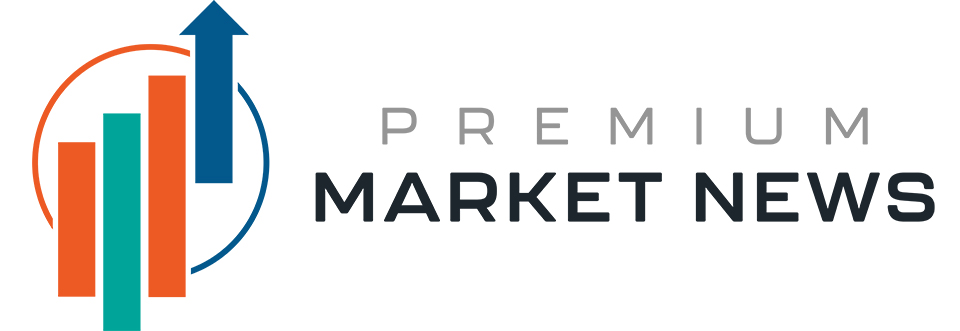Whether you’re working or claiming benefits, there’s likely something here that affects you.
Some things about Social Security never seem to change. If you’re working, you pay a big chunk of your income into the program each year. If you’re receiving benefits, your checks show up once per month, usually on the second, third, or fourth Wednesday.
But some aspects of Social Security change every year. These can have a big effect on your budget and your eligibility for future checks. Here are the five most important changes you should know about for 2026.
Image source: Getty Images.
1. 2.8% cost-of-living adjustment (COLA)
All Social Security beneficiaries will see their checks increase by 2.8% next year, thanks to the cost-of-living adjustment (COLA). This will raise the average retirement benefit from about $2,015 per month to $2,071 per month. But you could get a little more or less than this. The Social Security Administration should send you a personalized COLA notice in December detailing your exact 2026 benefit amount.
Your checks aren’t likely to cover all of your monthly expenses, so you may need to supplement them with retirement account withdrawals or income from a job. Start planning your budget in advance, so you know what to do when January comes around.
2. $8,400 increase to the taxable wage base
The taxable wage base is the maximum amount of income the government will charge you Social Security taxes on in a given year. In 2025, it’s $176,100. This will increase to $184,500 next year.
This change won’t affect the majority of workers, since most people already pay Social Security taxes on all their income in a year. It may not have a huge effect on high earners, either. Traditionally employed workers pay 6.2% in Social Security taxes, up to the taxable wage base. Wealthy Americans will pay this on an extra $8,400 next year, which only amounts to $521 in taxes. That’s a drop in the bucket for those earning nearly $200,000 per year.
3. More stringent eligibility requirements
You have to earn your Social Security benefits by working enough to earn at least 40 credits throughout your career. You must make a certain amount of income to claim a credit, and you can only earn a maximum of four credits per year.
In 2025, one credit is $1,810 in earnings. This will increase to $1,890 next year. So to get all four of your 2026 credits, you’ll need to earn at least $7,560. However, this shouldn’t be a huge hurdle for most people, as even many part-time workers earn this much.
4. Increased earnings test exempt amounts
The earnings test withholds money from your Social Security checks if you’re working and make more than a certain amount of money at your job while you’re under your full retirement age (FRA). This is 67 for those born in 1960 or later. Older adults have younger FRAs.
In 2025, you lose $1 for every $2 you earn over $23,400 if you’re under your FRA all year. Those who reach their FRA in 2025 only lose $1 for every $3 they earn over $62,160, assuming they earn this much before their birth month. These thresholds will climb to $24,480 and $65,160, respectively, in 2026.
It’s possible to lose entire checks to the earnings test, depending on your annual income. But the money isn’t gone forever. The Social Security Administration will permanently increase your checks at your FRA to make up for what it withheld before.
5. Higher Substantial Gainful Activity (SGA) limits for Social Security disability benefits
You must be unable to engage in Substantial Gainful Activity (SGA) to qualify for Social Security disability benefits. The Social Security Administration looks at how much monthly income you earn to determine if you’re engaging in SGA.
In 2025, blind people earning more than $2,700 per month and non-blind people earning more than $1,620 per month are considered to be engaged in SGA. These limits will rise to $2,830 and $1,690, respectively, next year.
The above changes all take effect on Jan. 1, 2026. If you have any questions about how one of them will affect you personally, it’s best to reach out to the Social Security Administration for personalized advice.
